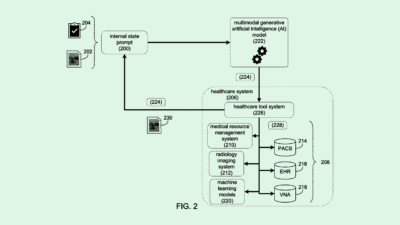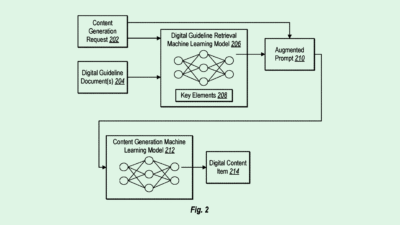Letting AI into the Lab Setting
AI functions as a sidekick in healthcare labs, but it can make a huge difference by accelerating drug development and boosting data accuracy.

Sign up to get cutting-edge insights and deep dives into innovation and technology trends impacting CIOs and IT leaders.
Clinical AI isn’t necessarily on the verge of taking over healthcare. Humans are still the experts — judging outcomes, interpreting data and following regulations — and for now, AI is the thoughtful sidekick.
“In reality, lab work involves complex variables, nuanced decision-making and strict compliance protocols that AI alone can’t yet manage,” said Dinkar Sindhu, CEO of AXIS Clinicals. While people believe AI can step in for humans, he said, that “oversimplifies what actually happens in a regulated bioanalytical or clinical research lab.”
Instead, Sindhu said, AI should be an asset that helps scientists recognize patterns and manage complex analyses: “For example, AI could automatically flag outliers, predict instrument drift before it happens or optimize resource allocation to reduce turnaround times.”
Most labs are taking on AI slowly because of siloed systems and isolated datasets, as well as accuracy and privacy concerns. Adoption usually is led by workflow optimization, data cleaning or modeling, but pilot programs are far from becoming full implementations because of the care with which the data and programs need to be treated and built, respectively.
Plus, there isn’t much precedent for the integration. “Regulatory agencies are also just beginning to define how AI-based decisions fit within” good laboratory practice and good clinical practice frameworks, Sindhu said. “Innovation moves faster than regulation.”
AI developers, contract research organizations and regulators will need to come together, Sindhu said, to bring AI into lab settings safely, with “transparent pilot programs, standardized data frameworks and clear audit trails for AI decision-making.”
When AI does make its way into the lab, it’s poised to help accelerate drug development, improve data accuracy and enhance safety signal detections, as well as identify patterns that recognize smaller population subsets.
“In regulated science, every innovation must uphold the integrity of the data above all else,” Sindhu said. “We need to focus on integrating AI responsibly, in ways that improve quality and reproducibility, while preserving the scientific rigor that underpins every clinical outcome.”











